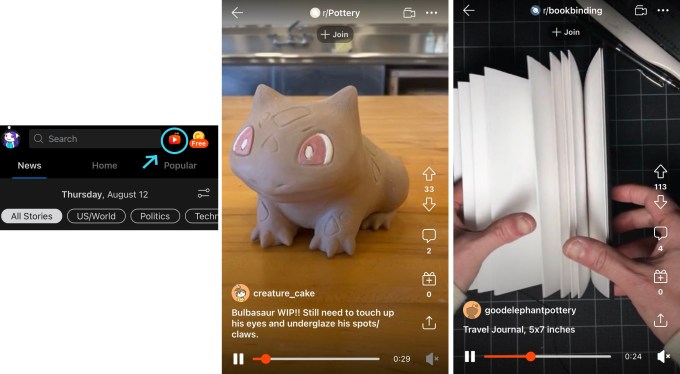- August 13, 2021
- by:
- in: Blog
The personal is political, and companies are made up of people, not products.
Mandy Andress
Contributor
Mandy Andress is the chief information security officer at
Elastic, an enterprise search company, and has more than 25 years of experience in information risk management and security.
“We are not a social impact company. No more societal and political discussions on our company account.”
That’s been the recent message from a number of tech CEOs who have declared that they want the companies they run to be “apolitical” and employees to focus solely on the goals of growing revenue and driving profit.
That’s left me wondering: What might that mean for me as an LGBTQIA+ person in the workplace?
I don’t consider myself a particularly political person. I just want to do a good job, be a supportive team member and leader, and play a valuable role in the organization that employs me. I’m lucky to work as chief information security officer at Elastic, a software company that prioritizes inclusivity and acceptance for all employees, telling us to come as we are.
When we consider who gets to define what’s political or not, we need to think hard about the level of privilege they enjoy — and whom they might be excluding from everyday workplace conversations.
But what if things were different?
If I worked for a different company, would being a gay woman who’s out at work make me “political?” Would talking with colleagues about my home life and my family be considered a political act?
It would all depend, I guess, on whom you asked. I’m well aware that, to certain people, being out in the workforce might be considered political — but I’m just being open and transparent about who I am.
Staying in the shadows
When we consider who gets to define what’s political or not, we need to think hard about the level of privilege they enjoy — and whom they might be excluding from everyday workplace conversations.
Managers and executives who insist on an apolitical workplace are inevitably asking some employees, particularly those belonging to historically underrepresented groups, to stay in the shadows, to keep quiet about who they are.
I’ve been there and I’ve felt the impact firsthand. Earlier in my career, I hid my sexual orientation. I wore a virtual mask at work, and it was exhausting and stressful to have to worry about who knew my “secret” and what might happen if the truth got out.
It was also a significant distraction from doing my job. Even if bosses aren’t concerned about the emotional impact of mandating an apolitical workplace on their employees, they might at the very least consider the productivity impact.
A recent survey from online careers site Glassdoor found that LGBTQ+ employees are less satisfied at work compared to their non-LGBTQ+ counterparts, and that while certain companies and industries are highly rated by LGBTQ+ employees, many others still have considerable progress to make.
Since it’s no secret that less satisfied employees are likely to be less engaged, that could potentially send corporate metrics that focus on productivity, performance and retention into a nosedive.
Conversely, a 2020 report published by strategy firm McKinsey suggests that diversity helps organizations increase innovation, reconsider entrenched ways of thinking and improve financial performance — but also stresses that they only enjoy these benefits if all employees feel a sense of inclusion. The study’s authors define this as “the degree to which an individual feels that their authentic selves are welcomed at work, enabling them to contribute in a meaningful and deliberate manner.”
The firm’s survey of almost 2,000 employees, across a wide range of companies and industries worldwide, shows clearly that women, respondents from ethnic and racial minorities, and people who identify as LGBTQ+ still encounter additional challenges to feeling included.
Working from home
On top of all this, it’s not realistic to ask people to leave their personal lives and beliefs at home after huge numbers of employees began working from home on a full-time basis amid the pandemic, many for the first time ever. If strict lines between their personal and professional lives were clearer for some employees pre-COVID, those days are almost certainly over.
While the pandemic forced many organizations to restructure the workplace, I’ve been working in a fully remote, distributed environment since joining Elastic in 2018. This has shaped how I manage my team because every individual has their own perceptions and experiences, all of which can be more challenging to identify in a distributed workforce. In particular, I’ve learned that building an inclusive, high-functioning team starts with empathetic leadership.
For me, it’s all about being present, asking questions and not making assumptions. When everyone is working in their own environment, it’s easy to postulate about how someone’s feeling about their work or a particular project, because that’s human nature — but the danger here is that we jump to the negative. Staying curious and seeking to understand is key at all times.
Above all, it’s about inclusion and acceptance. Giving everyone the freedom to express what’s on their mind. That’s how everyone should feel about their workplace, and it’s the environment I will continue to work to foster for my own team — because oftentimes, the personal is political, and companies are made up of people, not products.






